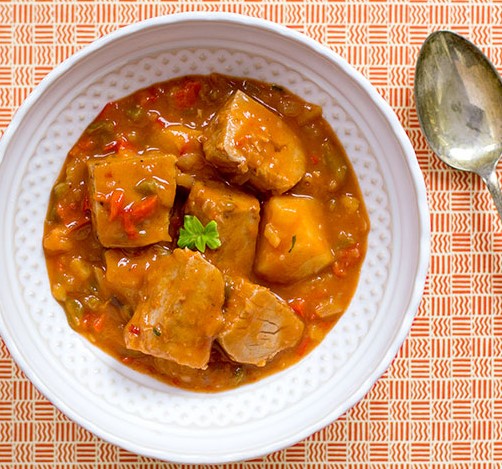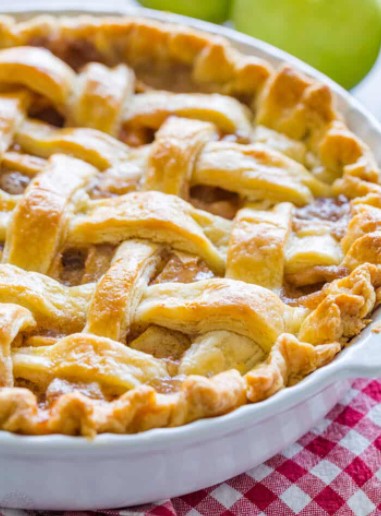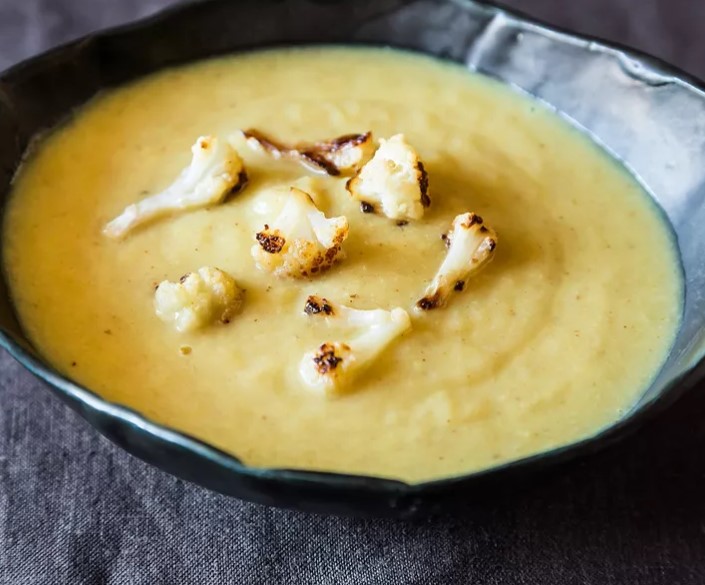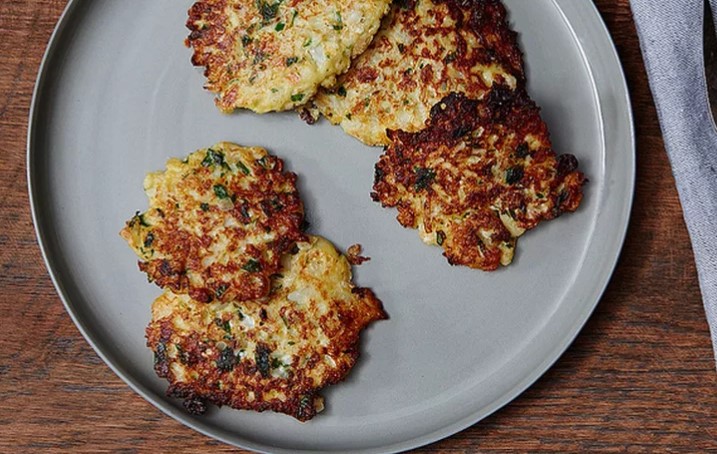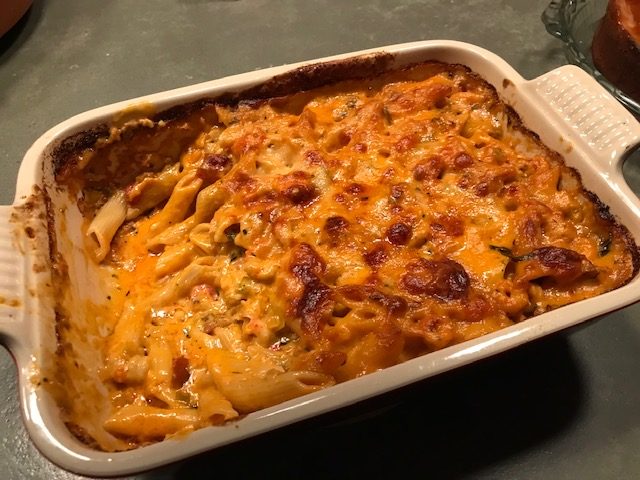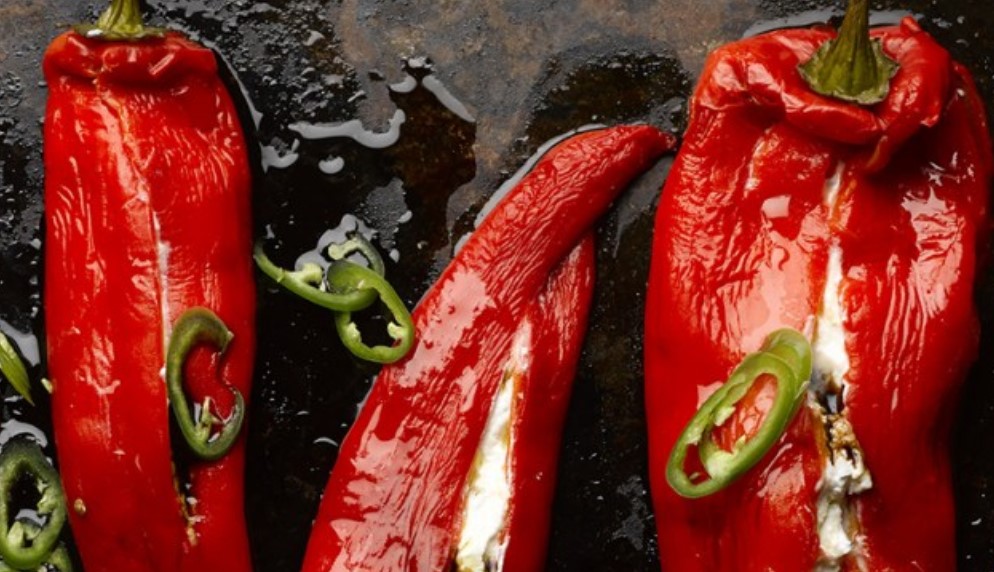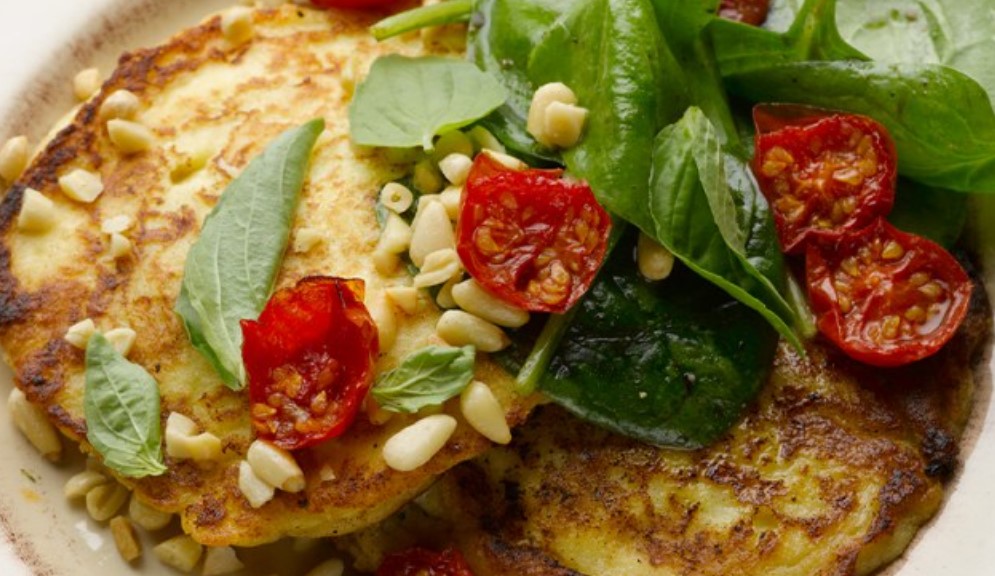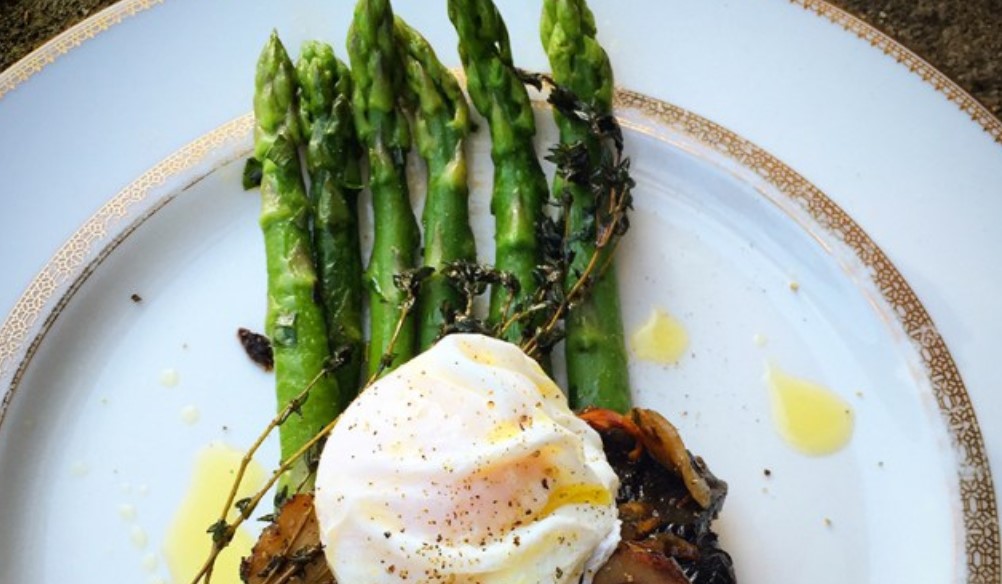Joy of baking video
Crust:
- 1 cup (100 grams) Graham Cracker Crumbs (or crushed Digestive Biscuits)
- 1/2 cup (50 grams) crushed ginger cookies, homemade or store bought
- 1 tablespoon (15 grams) granulated white sugar (optional)
- 4 – 5 tablespoons (55-70 grams) melted butter, cooled to room temperature
Pumpkin Cheesecake:
- 2/3 cup (145 grams) firmly packed light brown sugar
- 1/2 teaspoon ground cinnamon
- 1/4 teaspoon ground ginger
- 1/8 teaspoon ground cloves
- 1/8 teaspoon ground nutmeg
- 1/2 teaspoon (2 grams) salt
- 16 ounces (450 grams) full fat cream cheese, at room temperature
- 3 large (150 grams) eggs, at room temperature
- 1 teaspoon (4 grams) pure vanilla extract
- 1 cup (240 grams) pure pumpkin puree (canned or homemade)
- Topping:1 cup (225 grams) full fat sour cream, at room temperature
- 1 teaspoon (4 grams) pure vanilla extract
- 1/4 cup (50 grams) granulated white sugar
Pumpkin Cheesecake: Preheat your oven to 350 degrees F (180 degrees C) and place the oven rack in the center of the oven. Butter, or spray with a non stick spray, an 8 inch (20 cm) spring form pan.
Crust: In a medium sized bowl, combine the graham cracker crumbs, crushed ginger cookies, sugar, and melted butter. (This can be done in your food processor.) Evenly press the mixture onto the bottom of the prepared pan. Bake about 8 minutes or until set. Let cool while you make the cheesecake filling.
Pumpkin Cheesecake: In a separate bowl, combine the sugar with the ground cinnamon, ginger, cloves, nutmeg, and salt.
In the bowl of your electric stand mixer, fitted with the paddle attachment (or with a hand mixer), beat the cream cheese, on low speed, until smooth. Add the sugar mixture and beat until combined and creamy smooth. Add the eggs, one at a time, beating until incorporated. Scrape down the sides and bottom of the bowl as needed. Beat in the vanilla extract and pumpkin puree. Pour the filling over the crust and place the spring form pan onto a larger baking sheet to catch any drips.
Before baking the cheesecake, place a pan, filled halfway with hot water, on the bottom shelf of your oven. This will keep the air moist. Bake the cheesecake for 30 minutes at 350 degrees C (180 degrees C) and then reduce the oven temperature to 325 degrees C (165 degrees C) and continue to bake the cheesecake for another 10 – 20 minutes, or until the edges of the cheesecake are puffed but the center still looks a little wet and jiggles when you gently shake the pan.
Topping: Meanwhile, whisk together the sour cream with the vanilla extract and sugar. Immediately spread the topping over the cheesecake and return to the oven and bake about 8 to 10 minutes to set the topping. Remove from oven and place on a wire rack to cool. Loosen the cheesecake from the pan by running a flat spatula or sharp knife around the inside edge (this will help prevent the cake from cracking). Then place a piece of foil over the top of the pan so the cheesecake will cool slowly. When completely cooled, cover and refrigerate at least eight hours, preferably overnight, before serving. This cheesecake can be stored in the refrigerator for about five days, or it can be frozen.
